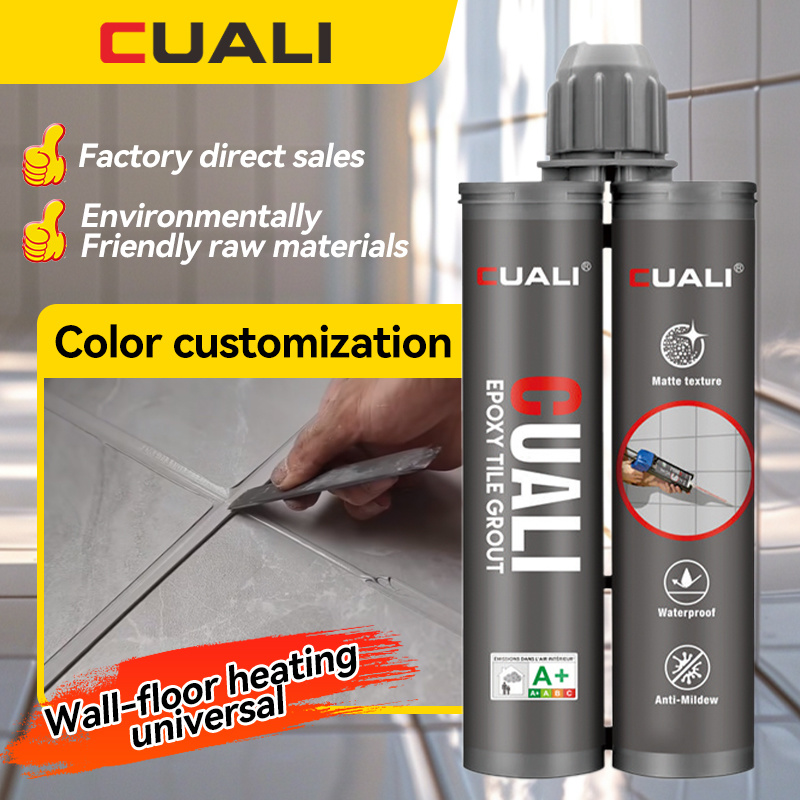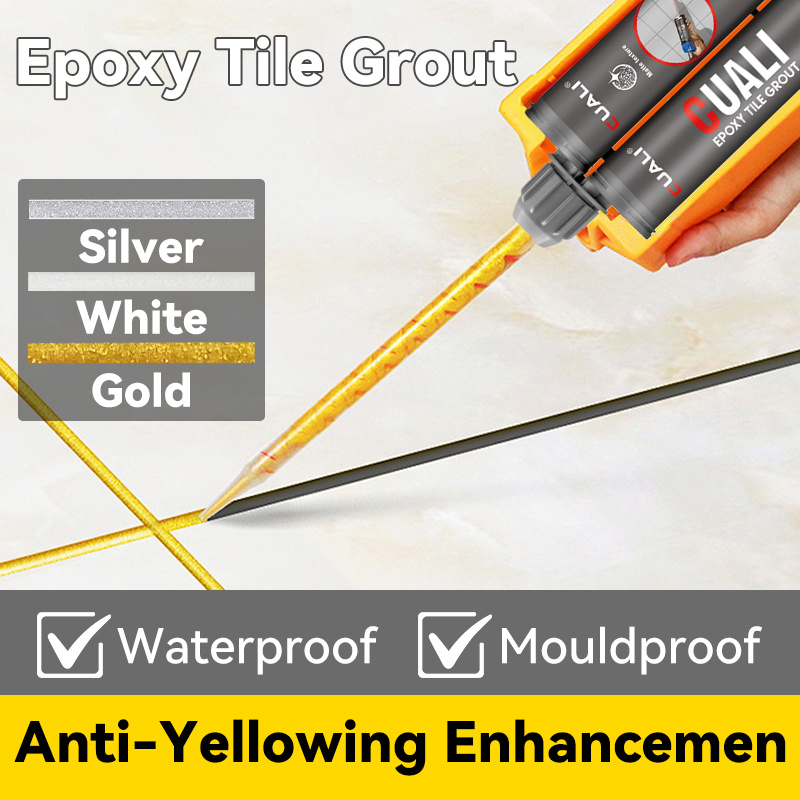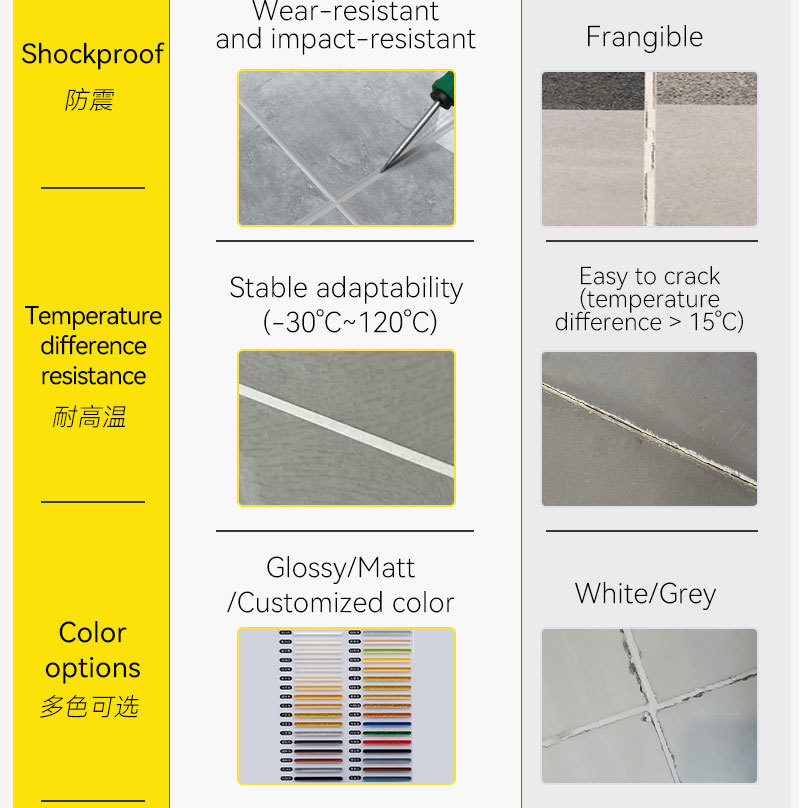
How to Apply Epoxy Adhesive for Tiling on Tiles
Applying epoxy adhesive for "tile-on-tile" installations (laying new tiles over existing ones) requires precision to ensure a strong, long-lasting bond. Follow these steps for best results:
Clean the existing tiles: Scrub away dirt, grease, or old grout residue using a tile cleaner or mild detergent. Rinse thoroughly and let dry completely—moisture can weaken the epoxy bond.
Sand lightly: Use 120-grit sandpaper to scuff the surface of the existing tiles. This creates a rough texture for better adhesion. Wipe away dust with a dry cloth.
Check for damage: Ensure the existing tiles are firmly attached (no loose or cracked pieces). Repair any hollow areas with a patching compound and let it cure fully.
Most tile-on-tile epoxy adhesives come in a 1:1 ratio (resin + hardener). Pour equal parts into a clean bucket.
Stir vigorously with a mixing stick for 2–3 minutes until the mixture is uniform (no streaks). Work quickly—epoxy has a pot life of 20–30 minutes (check the product label).
Use a notched trowel (6mm or 8mm) to spread the epoxy evenly over the existing tiles. Hold the trowel at a 45° angle to create ridges—this ensures proper coverage and prevents air pockets.
Cover only an area you can tile within the epoxy’s pot life (typically 1–2 square meters at a time) to avoid the adhesive drying out.
Press each new tile firmly into the epoxy, twisting slightly to ensure full contact with the adhesive. Use tile spacers to maintain even grout lines.
Check for level using a spirit level. Adjust tiles immediately if they’re uneven—epoxy sets quickly.
Let the adhesive cure for 24–48 hours (depending on the product). Avoid walking on or disturbing the tiles during this time.
Once fully cured, remove the spacers and apply grout between the new tiles. Wipe away excess grout with a damp sponge.
Key Tips
Wear gloves and work in a well-ventilated area—epoxy can irritate skin and release fumes.
For large areas, mix small batches of epoxy to prevent waste.
If the existing tiles are glossy (e.g., porcelain), sanding is extra important to break the smooth surface.
Summary:
By following these steps, the epoxy adhesive will create a strong, hollowing-free bond, making tile-on-tile installations durable and long-lasting.
Time:
2025-08-13
More News



